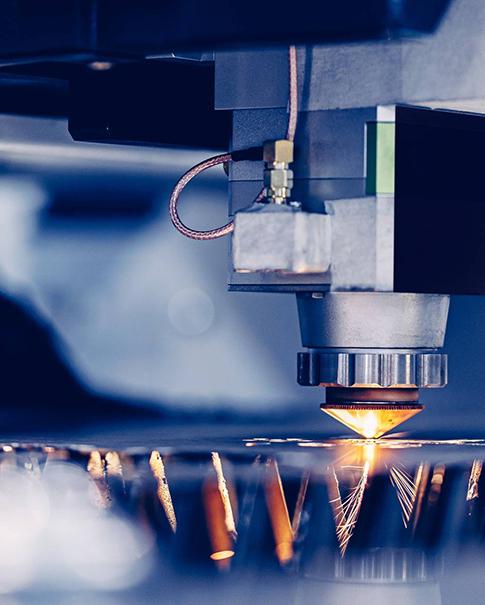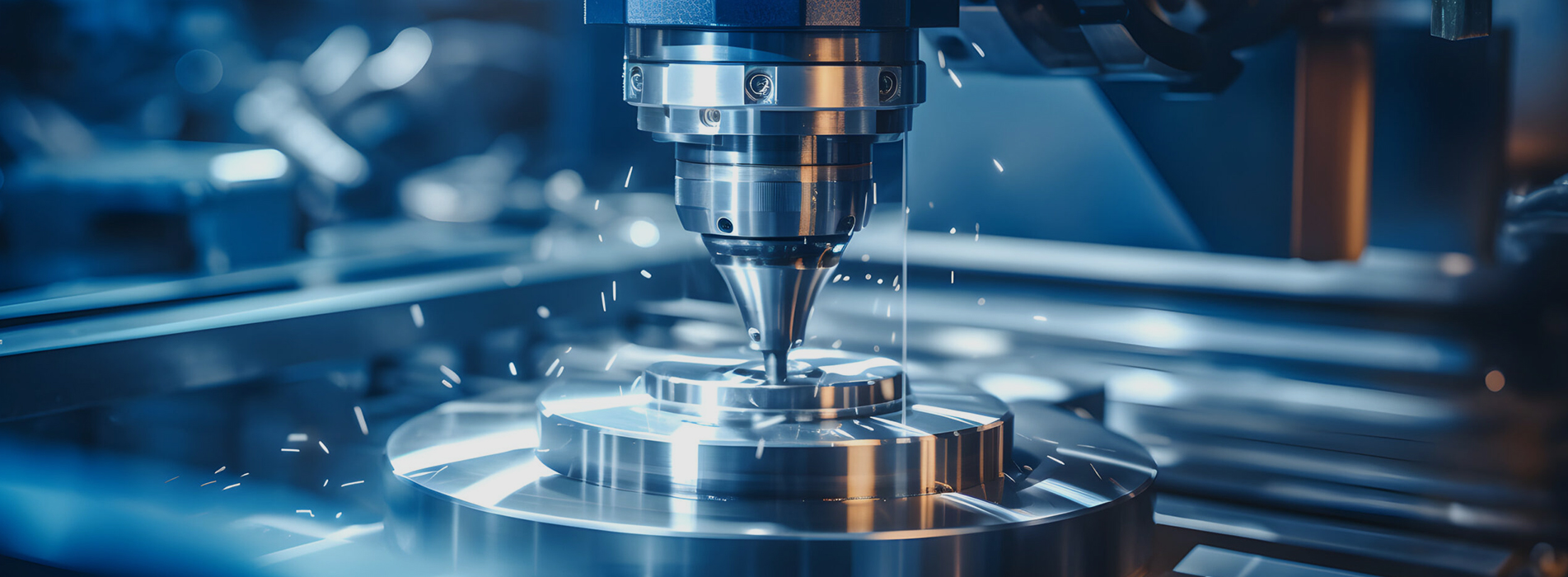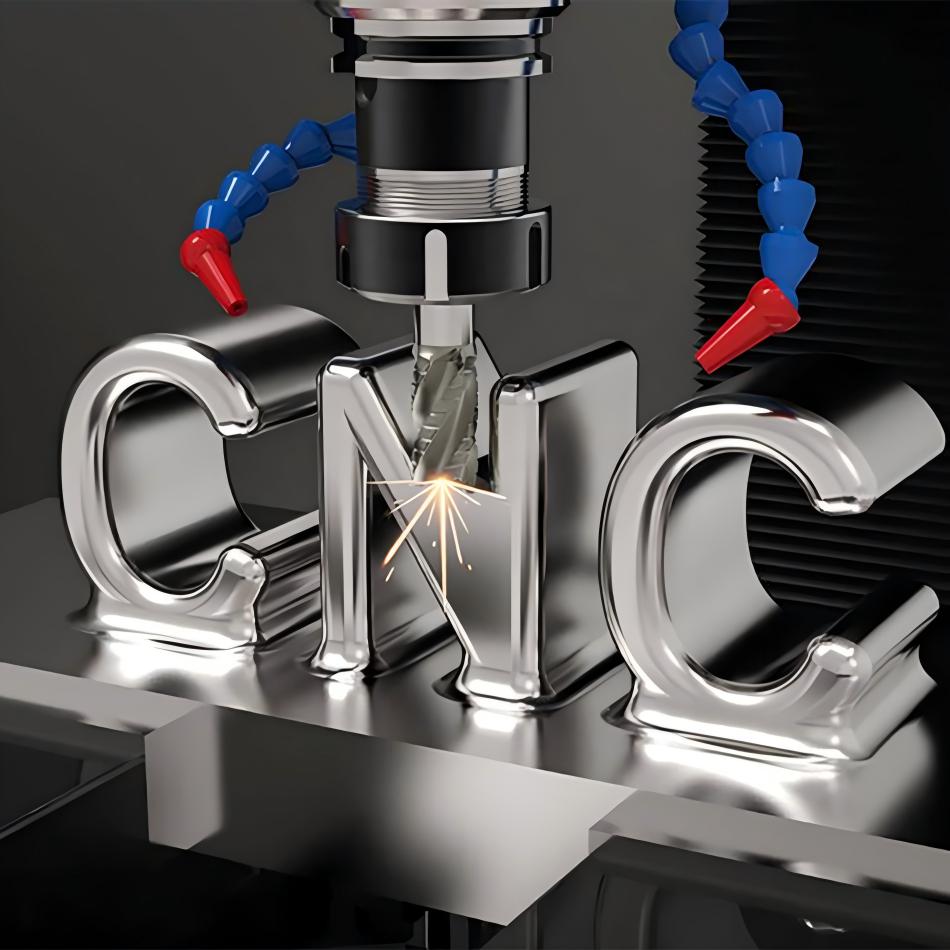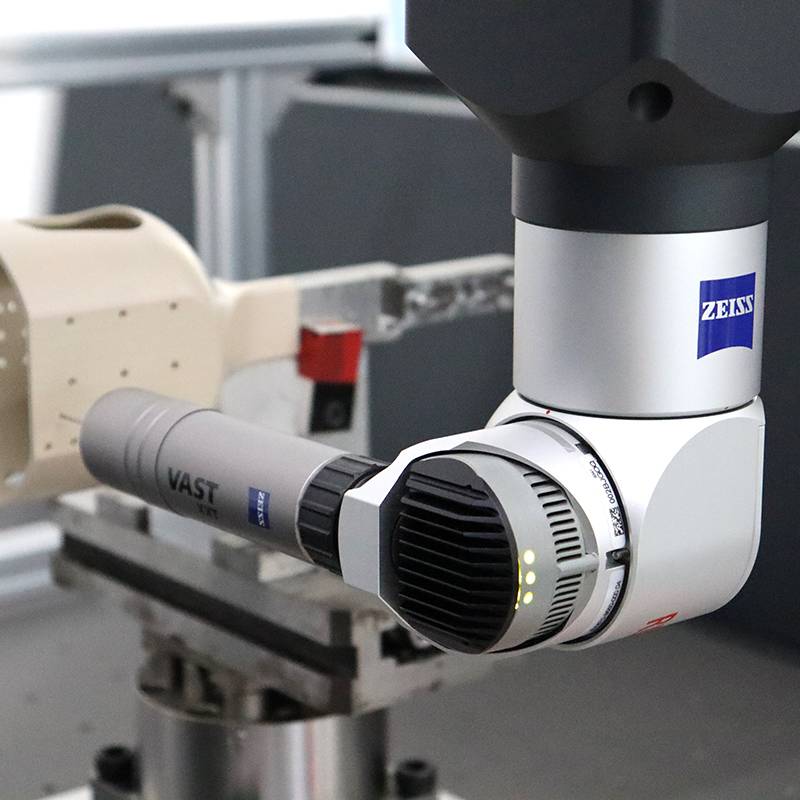WONACH SUCHST DU?
Beliebte Suchanfragen :
Mikrobearbeitungsservice CNC-bearbeitete Teile kundenspezifische Bearbeitungsdienstleistungen maßgeschneiderte OEM-CNC-Bearbeitung Kundenspezifische CNC-Rapid-Prototyp-Bearbeitung von Edelstahlteilen Hochpräziser CNC-Tuning-/Frässervice Kundenspezifische Bearbeitungsdienstleistungen ISO-zertifizierte CNC-Bearbeitung Präzisionsdreh-Frästeile Bearbeitungsservice für TitanlegierungenWONACH SUCHST DU?
Beliebte Suchanfragen :
Mikrobearbeitungsservice CNC-bearbeitete Teile kundenspezifische Bearbeitungsdienstleistungen maßgeschneiderte OEM-CNC-Bearbeitung Kundenspezifische CNC-Rapid-Prototyp-Bearbeitung von Edelstahlteilen Hochpräziser CNC-Tuning-/Frässervice Kundenspezifische Bearbeitungsdienstleistungen ISO-zertifizierte CNC-Bearbeitung Präzisionsdreh-Frästeile Bearbeitungsservice für Titanlegierungen
















 ABONNIEREN SIE UNSEREN NEWSLETTER
ABONNIEREN SIE UNSEREN NEWSLETTER






